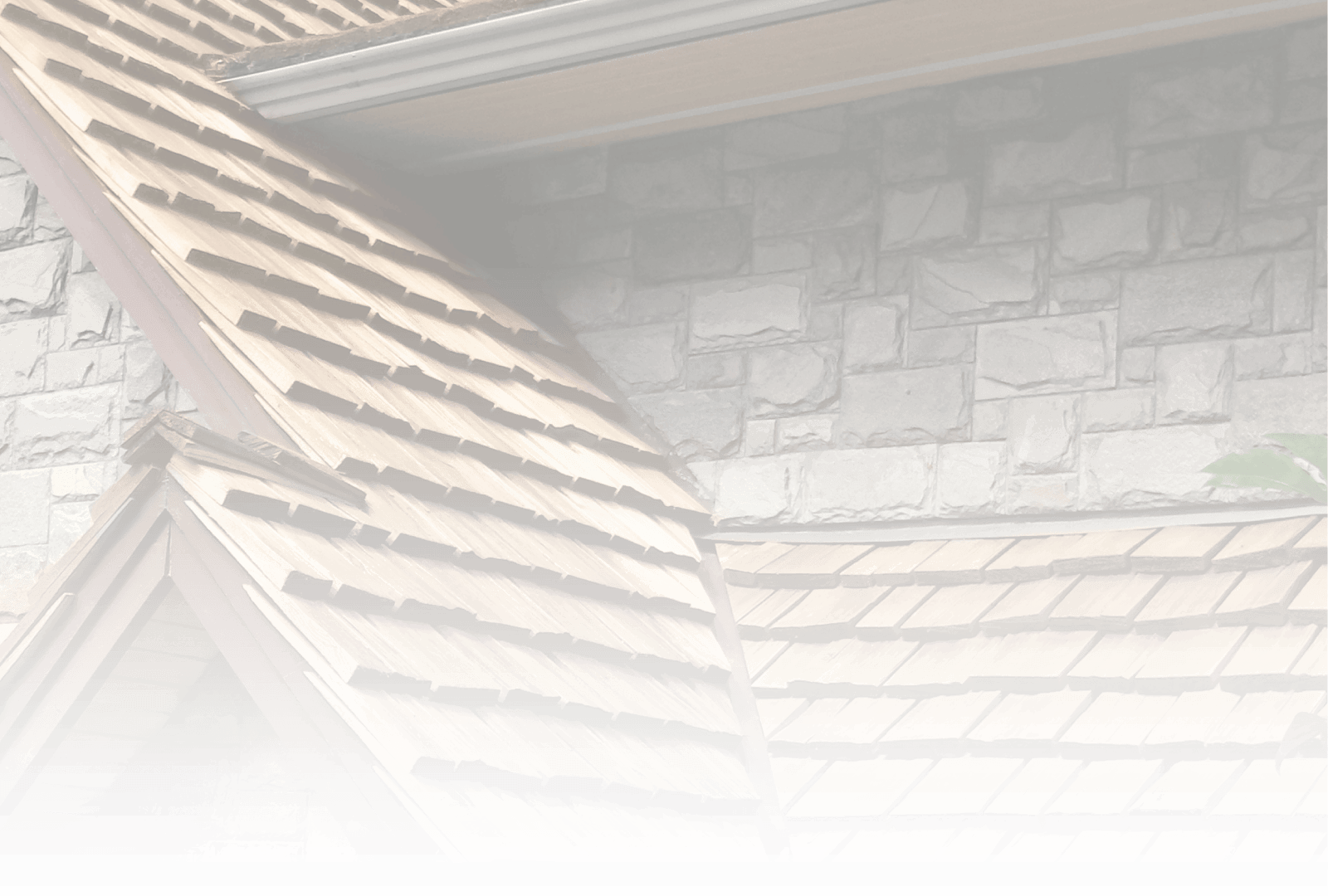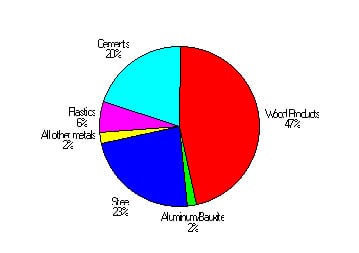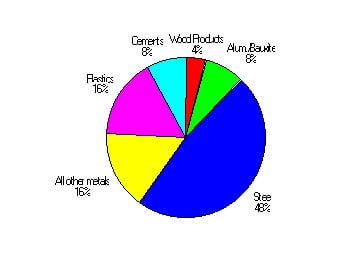

Environmental
The environmental benefits to using cedar shakes and shingles are many; including energy savings, and new growth forests that create oxygen and wildlife habitat.
Wood Use
Fable: It takes "most of the usable lumber from one 400-year old western red cedar tree to make enough shingles or shakes to roof an average-sized house."
Fact: A 6-foot section of that 400-year old tree is all that's needed to cover the average size roof of 35 squares (3,500 square foot). Only 3½ cords of wood is used to roof an average home. Many homeowners will burn this much wood in their fireplaces every year.
Fact: Star Lumber mills use western red cedar that is not suitable for lumber mills. This wood includes partial logs, salvaged blocks, and fallen timber left in harvested areas. Fiber remnants of shake and shingle manufacturing are chipped for paper production.
7.1 - Energy Savings
Fact: It takes less energy to manufacture wood building products than most imitations.
CONSUMED TONNAGE OF U.S. INDUSTRIAL RAW MATERIAL

NET BTU ENERGY CONSUMPTION FOR RAW MATERIAL

For every billion board feet of timber replaced by wood substitutes, U.S. energy consumption will increase by 720 million gallons of oil, and CO2 emissions will increase by 7.5 million tons. (Source: Wood vs. Non-Wood Materials in U.S. Residential Construction: Some Energy Related International Implications, Dr. Peter Koch, for the Center for International Trade in Forest Products, Working Paper No. 361.)
7.2 - Oxygen Production
Fact: Forests create oxygen. The growth of one pound of wood will use about 1½ pounds of carbon dioxide and create more than one pound of oxygen. One acre of trees will grow approximately 4,000 pounds of wood annually. This acre will consume 5,880 pounds of carbon dioxide and produce 4,280 pounds of oxygen.
Old, slow growing and overcrowded forests will actually reverse this oxygen-producing phenomenon. For every pound of decaying wood a pound of oxygen is used and 1½ pounds of carbon dioxide is created.
The average wood home will store 14 tons of carbon. The manufacturing of metal and masonry products for the same home will actually release 150 tons of carbon into our atmosphere.
